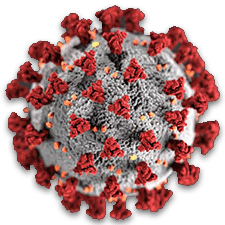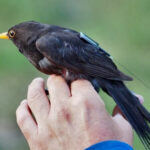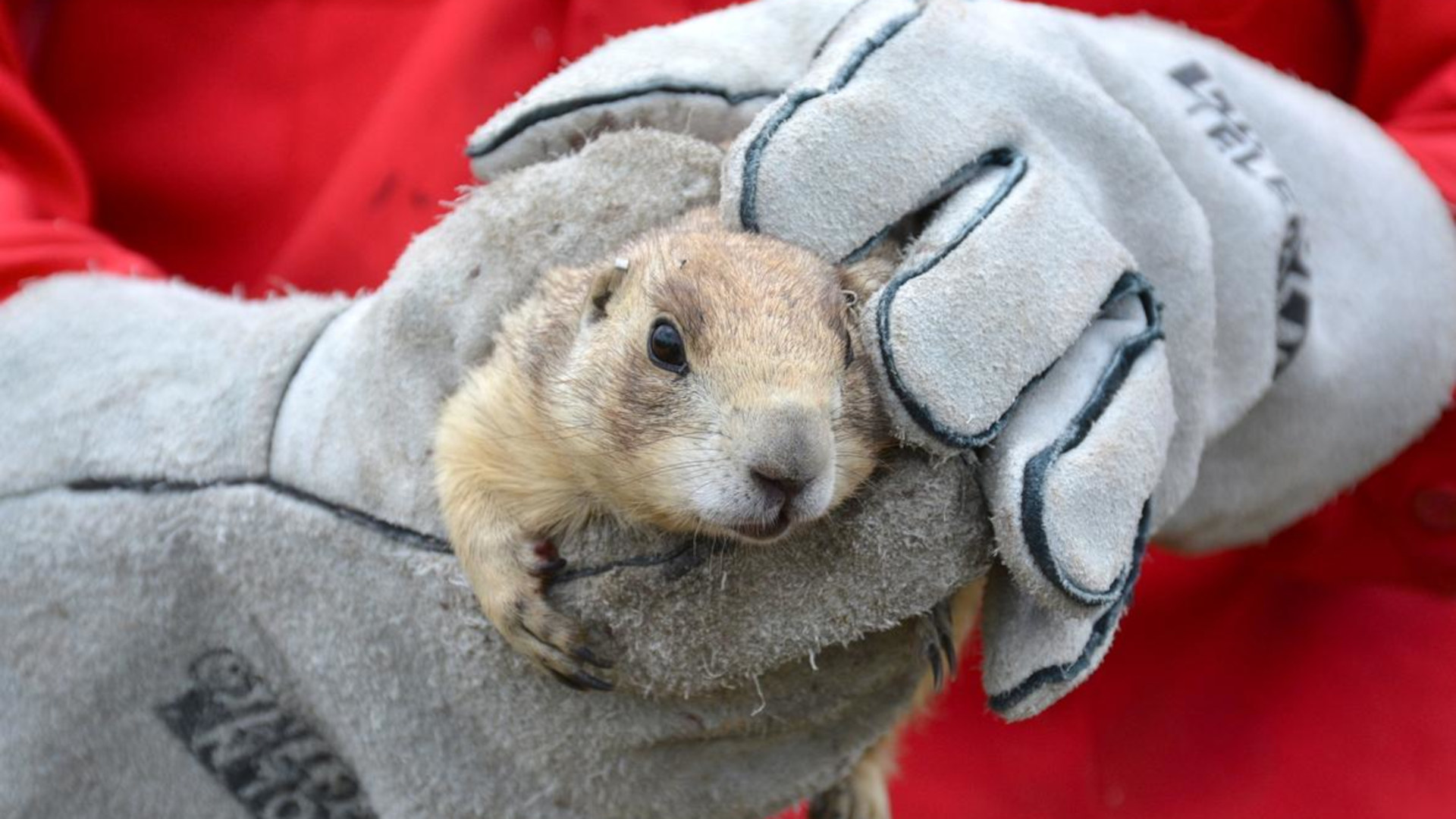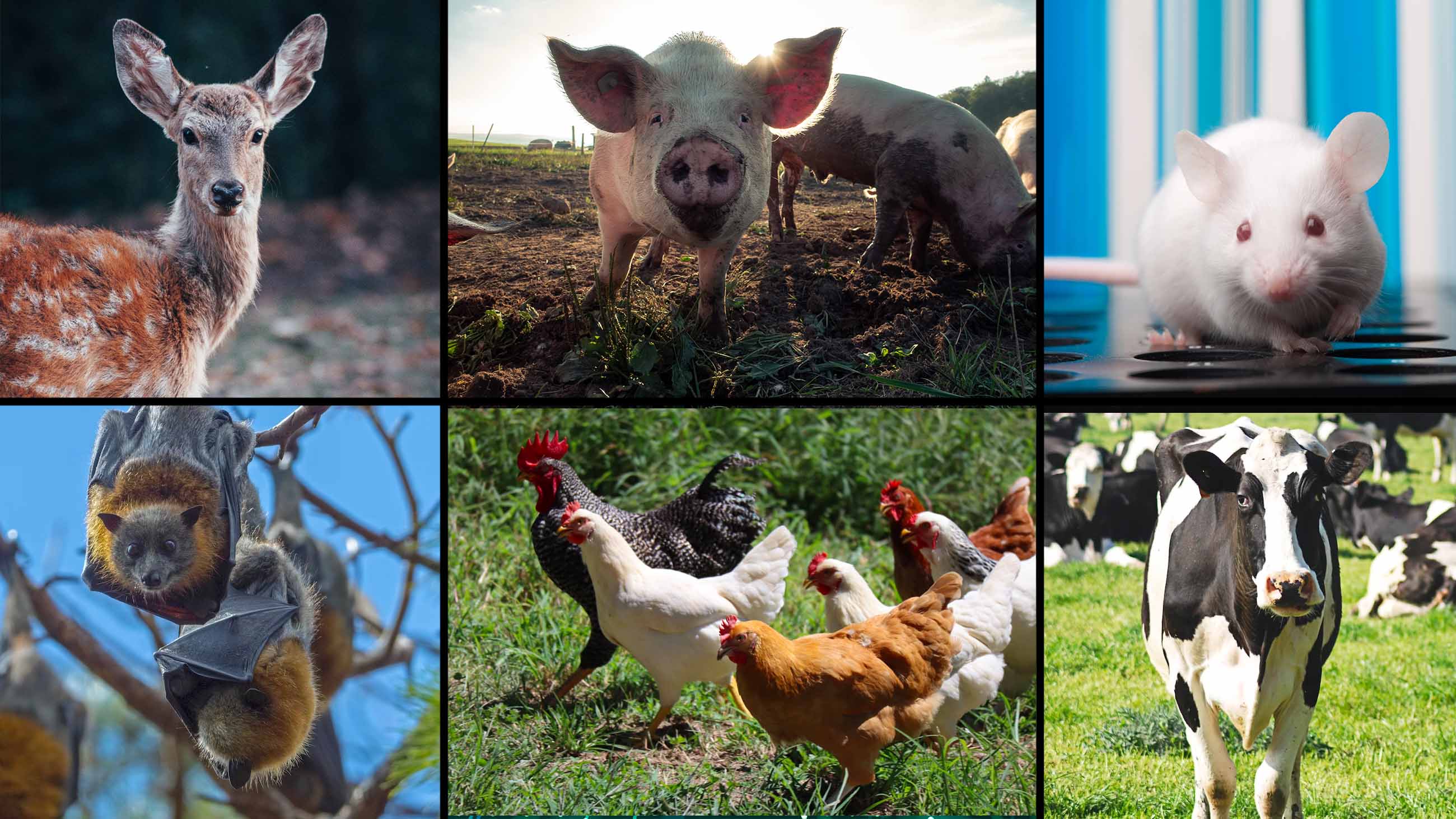For centuries, people have dreamed of a world without disease. The myriad medical breakthroughs in the 20th century — which included antibiotics and modern vaccines — made that utopian ideal feel tantalizingly close. Vaccination led to the global eradication of smallpox in 1980. Even today, the Bill and Melinda Gates Foundation lists one of the goals of its malaria program as “ending malaria for good.” In recent years, Tufts University launched its Lyme Disease Initiative with the stated aim to “eradicate Lyme disease by 2030.”
But as new zoonotic diseases emerge (and resurge), the goal of a world free of such diseases is beginning to feel like a pipe dream to an increasing number of researchers.
“Trying to put a lot of money into the eradication of these diseases with complex ecologies is just throwing money away,” said Susan Jones, an ecologist and historian of life sciences at the University of Minnesota. Instead, Jones and her colleagues argue, we should invest more into control and protection against certain diseases — and learn to live alongside them.
Zoonotic diseases are illnesses transmitted from vertebrate animals to humans, or vice versa. They can be caused by parasites, bacteria, viruses, or fungi, and involve multiple species that can serve as hosts, reservoirs, or vectors (intermediate carriers) of the disease. This fact, said Nils Christian Stenseth, an evolutionary ecologist at the University of Oslo, means scientists need to approach them differently than diseases that only infect a single species.
In the history of medicine, scientists have only been able to successfully eradicate smallpox and the cattle virus rinderpest. Both of these illnesses have a relatively narrow range of hosts — and crucially, they don’t infect additional vector or reservoir species, animals that can carry and transmit the disease without dying from it.
However, this is not true for most extant zoonotic and vector-borne diseases. Malaria, for instance, is usually transmitted to humans by mosquitos — from one human to another, or from other primates. (Though a narrow definition of zoonosis indicates the malaria parasite species that predominantly circulate among humans do not involve an animal reservoir, they likely originated from zoonotic transmission in the past.) Humans contract Lyme disease from tick bites, but its underlying bacteria also live in white-footed mice. And viruses such as canine distemper virus and SARS-CoV-2, the pathogen behind Covid-19, can infect dozens of mammal species.
“Trying to put a lot of money into the eradication of these diseases with complex ecologies is just throwing money away.”
With each species it can infect, a pathogen gains a potential hiding place, making it harder to eradicate. When there are so many host species, Stenseth explained, it’s very difficult for scientists to target one particular host in order to wipe out the pathogen.
But that hasn’t stopped people from trying.
One good example, Jones said, is bubonic plague. Despite its reputation as a Medieval disease, plague has persisted into the modern day. The disease is caused by the bacterium Yersinia pestis and is spread via contact with fleas that live on rodents, such as rats, mice, guinea pigs, and prairie dogs. Worldwide, the disease still infects at least 1,000 people per year. And in the 20th century, the Soviet Union launched a decades-long program with the goal of eliminating plague within its borders.
Unfortunately, those efforts did not go well. Between the early 1920s and late 1980s, Soviet health and wildlife officials killed untold numbers of rodents. Tens of thousands of Soviet citizens placed poison traps at the entrances of rat burrows, burned fields, shot or gassed marmots, and even sprayed the now-infamous agent DDT across wide swathes of land.

For all of Undark’s coverage of the global Covid-19 pandemic, please visit our extensive coronavirus archive.
The environmental impacts of such actions were potentially devastating in retrospect. And ultimately, they had little influence on the long-term prevalence of plague. Although cases initially dropped, they began to crop up once again in parts of the USSR by the mid-1950s. The Soviet government gradually shifted its focus to plague containment, then prevention, and eventually abandoned the campaign altogether.
The approaches of modern-day programs for malaria and Lyme disease include proven disease control methods — technologies like mosquito nets, insecticides, and vaccines. But some of their other methods are far more experimental and costly. Tuft’s Lyme program received a $3.8 million grant for administering narrow-spectrum antibiotics to white-footed mice, a natural reservoir for Lyme. Critics have suggested this approach could encourage antibiotic resistance. And the Gates Foundation has spent at least $75 million developing gene-edited mosquitos whose offspring can’t reproduce, though this technology remains controversial.
The folks working to develop these new approaches believe that the time and resource investment will pay off over time. “Traditional methods of prevention that focus on humans (like vaccines) do not get to the root of the problem and thus require infinite investment,” wrote Linden Hu, an immunologist at Tufts University and a member of its Lyme initiative, in an email. Similarly, Philip Welkhoff, director of the Gates Foundation’s malaria program, told me by email that for the species of malaria-causing parasites that are transmitted between humans, “we think it is feasible to achieve eradication through innovation.”
Those working to develop these new approaches believe that the time and resource investment will pay off over time.
Stenseth and Jones, however, are skeptical that gene editing can truly wipe out ecologically complex diseases like malaria and Lyme in humans. And Jones notes that words like “end” and “eradicate” are widely, but carelessly, employed. It might be in an organization’s best interest to use them when seeking funding, even if the programs actually aim to limit a disease’s spread rather than wipe it out entirely.
I asked Hu whether he thought the Tufts program could truly wipe out Lyme disease in the wild. “Probably not,” he responded. However, for him, that doesn’t mean eradication isn’t a goal worth pursuing.
But for Jones, such language gestures toward an underlying issue with the way society tends to conceptualize its own relationship to the environment. Humans often draw a line between ourselves and nature, separating “civilization” from “the wild.” But that dichotomy is an illusion, she said. “We are members of the biological community.”
By accepting that we cannot wipe out zoonotic diseases completely (or at least, not without dire consequences), we can begin to find ways to live alongside, and as part of, an ecosystem. But that doesn’t mean giving up on trying to save human lives. Rather, it’s a matter of spending money in the right places. “Shifting our resources — which are limited — to prevention and surveillance is the only way to go,” Jones said.
Predictive modeling in epidemiology has come a long way over the last decade. By carefully monitoring an area where a zoonotic disease is known to exist, epidemiologists can use variables such as rainfall, temperature, and local rodent or arthropod populations to help predict the relative risk that a pathogen might become more prevalent in that location. Wildlife and health officials can use this information to alert people living near potential outbreak zones when and how to take extra precautions.
Such precautions don’t have to be fancy. For example, wearing long pants, tight sleeves, and bug spray to prevent tick bites is far from foolproof, but it is a low-cost way to avoid Lyme disease. Similarly, keeping pets indoors in an area that harbors plague can reduce the chances of contracting it. Sometimes simply avoiding wild spaces when conditions are right for an outbreak will do the trick.
It’s also a matter of developing and distributing more effective vaccines. Though you can’t eradicate zoonotic diseases in nature, Stenseth told me, “you can block the transmission to people.” The new Covid-19 mRNA vaccines helped demonstrate how effective this technology can be when it becomes a funding priority, rather than an afterthought.
By accepting that we cannot wipe out zoonotic diseases completely, we can begin to find ways to live alongside, and as part of, an ecosystem.
Indeed, earlier this year the world’s first malaria vaccine — Mosquirix — was rolled out to people living in high-risk regions. But the Gates Foundation announced in 2022 that it would no longer financially support the vaccine, citing low efficacy.
However, the Gates Foundation has continued to invest in robust surveillance technology, mosquito nets, and other proven control measures such as insecticides. If it (and other, similar organizations) shift resources away from eradication and towards these more sustainable interventions, they have the potential to help minimize ecologically complex disease outbreaks.
“It’s not like we need to develop a whole lot of new technology or anything like that,” she said. “We just need to put our money where our mouth is.”
Joanna Thompson is a science journalist, insect enthusiast, and Oxford comma appreciator based in New York. In her spare time, she tries to run fast.











